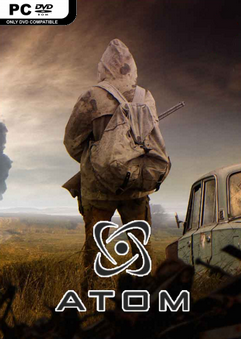

Meanwhile, the familiar image of a lone genius/hero standing in opposition to the rest of the ugly/stupid world is why every billionaire is convinced they’re the hero of all reality even though this delusion is a major contributor to the capitalist psychosis that made them billionaires by rapidly destroying the Earth’s capacity to support human life.Īnd the cracks are showing. A population taught to understand the world in terms of All vs All is less able to cooperate to improve their world.

Seems to me that if we understand conflict to be the basic building block of all narrative, and if we understand reality through the lens of narrative, then making conflict and domination the center of our stories vastly narrows our imagination. This is worrisome insofar as our minds operate in stories.

If conflict itself is the prime mover of stories, then stories become fundamentally about domination. You’ve seen the list and probably a couple memes. We’re told stories are about their conflicts - Man vs Man, Man vs Self, Man vs Nature, etc. Victory is achieved, the dust settles, and a new status quo emerges. We hit the final conflict you’ve been building toward from word one. This is going to be the bulk of your story where most of the conflict occurs as your main characters make their decisions, take their actions, suffer their setbacks, and learn their lessons while attempting to attain their goal(s). You’re establishing your main characters, their status quos, their goal(s), and the first sparks of (some of) these characters coming into conflict with one another. You’re probably familiar with Three Act Structure since it’s the foundation of most literature in the West. Breaking our rules made a more interesting story, so we broke ‘em! But keeping that information hidden from the reader until Robo uncovers it himself allows the audience to experience his emotional rollercoaster and his shock when it’s revealed near the end. Following our own rules, we should’ve told readers who was behind it back in the first issue. The whole point of GHOST OF STATION X is the punch in the metaphorical guts Robo experiences when he finally discovers the source of all the crazy stuff that’s been thrown at him for the last 80 pages. So, maybe this is good time to talk about the Second Rule: Rules are made to be broken, but you gotta know why you’re breaking them.
#Atom rpg alexander series
It can be especially fuzzy at the start of a series because it can take a variable amount of time to properly establish the when/where/who/how/what of a particular Robo arc given the history hopping and the nature of the central threat this time around.įor example ATOMIC ROBO AND THE GHOST OF STATION X takes place in the same year it was published so we didn’t have to explain the setting to readers - they were already living in it! And while you know something big and weird and bad is happening on a global scale, you aren’t meant to know exactly who or what The Bad Thing is until the final issue even though, according to our five step breakdown, that material is usually covered in the first or second issue! Keep in mind that each stage of a story doesn't perfectly map to each issue. "Most" and "usually" doing a lot of work there.

He can draw up to three tattoos on the Cadet, each of which bestow a unique perk to the player character.įurthermore, he offers the player a chance to compete in the local tattoo tournament, where the player can win 3000 rubles, or a unique tattoo that permanently boosts the player's dexterity by one point.Last time we talked about the five stages of most Atomic Robo stories and how those usually align with the five issues of an Atomic Robo story. He resides in a train car within the looters' base.


 0 kommentar(er)
0 kommentar(er)
